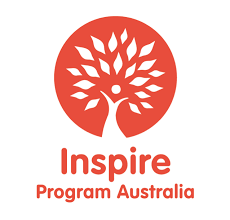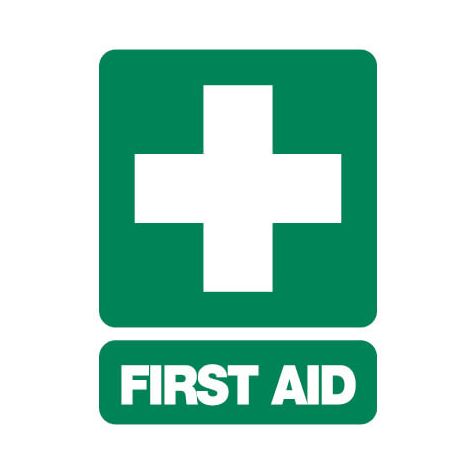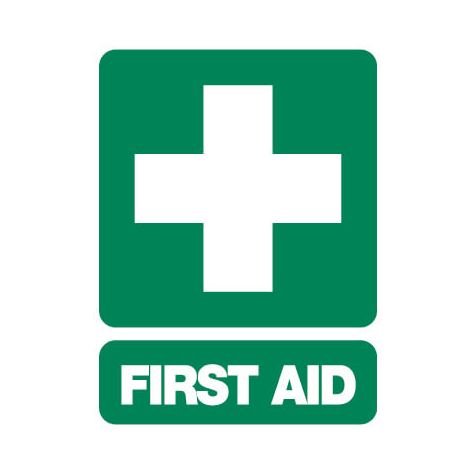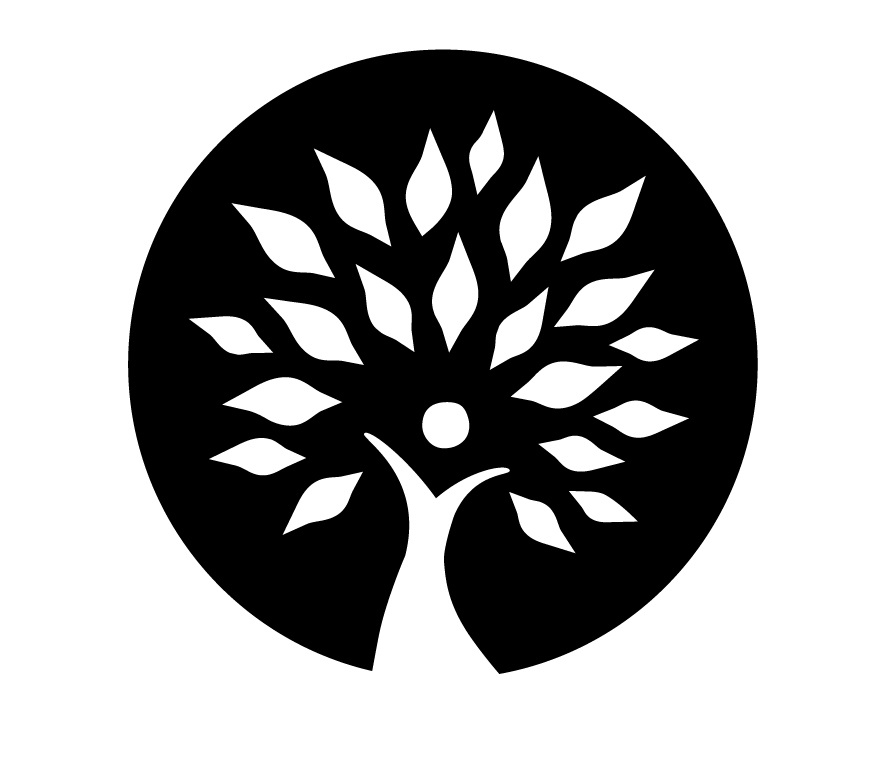Information
-
Document No.
-
Programming - BSC + ASC
-
Centre location
-
Conducted on date
-
Prepared by (First & last name)
SCHOOL DATE
-
Term
-
Week
- Week 1
- Week 2
- Week 3
- Week 4
- Week 5
- Week 6
- Week 7
- Week 8
- Week 9
- Week 10
- Week 11
-
Day
Our Program
- Reflections
-
Please complete at least 2 reflections each week
-
Reflections should not be the same activity type.
Reflections 1
-
Choose 1 activity/rotation
-
Activity/rotation type (choose 1)
- Taekwondo
- Be Inspired Time
- Homework Club
- Afternoon Tea
- Free time/Free play
- Other
MY TIME, OUR PLACE - FRAMEWORK FOR SCHOOL AGE CARE IN AUSTRALIA
-
The Framework acknowledges the importance of play and leisure in children’s learning and development and that their learning is not limited to any particular time or place. Developing life skills and a sense of enjoyment are emphasised. The Framework recognises the importance of social and emotional development and communication in learning through play and leisure, and it forms the foundation for ensuring that children in all school age care settings engage in quality experiences for rich learning, personal development and citizenship opportunities.
-
Do you understand the My Time, Our Place framework?
ANALYSIS AND REFLECTION
-
We reflect and analyse the activity so that we can see what the child’s next steps in learning and development are, and to identify what resources and changes can be made to better cater for the child’s needs and interests and support child-led play
-
Activity facilitator/leader (First & Last Name)
-
Other staff participating (First & Last Name)
-
Describe the activity
-
What was successful about the activity?
-
What could we do differently next time to improve the activity?
-
What did a child say and/or do during the activity to support your reflection?
Teachable Moments
-
Teachable moments -
-
School age care Educators are conscious of making the most of opportunities to follow up children’s needs and interests. Teachable moments are the spontaneous times when a child's curiosity interacts with the Educator's guidance to an open an inquiry into a mutually interesting topic.
-
Describe the interaction of the Teachable Moment
-
What child(ren) where involved? (Please provide full names)
-
Choose the positive outcomes of the Teachable Moment
- Encourage language development
- Increase the quality of time you spend with the child(ren)
- Help kids develop skills and confidence
- Increase academic success
- Be fun and engaging
- Provide a feeling of safety and security
Children's Voices
-
Children's voices
-
Educators should listen carefully and respond to children’s voices and accommodate for spontaneity, natural curiosity, individual needs and interests. By ‘children’s voices’ we mean children’s expression of their meaning through talk and other ways, such as visual arts, dance, movement, song, music, poetry, photography, drawing, drama and writing – the “hundred languages of children”. The Educator records children’s ideas in a variety of ways such as a voice recording, a sticky note, a scrap of paper, or writing.
-
What is the evidence of the Child's Voice?
-
What does the Child's Voice tell us about their THINKING?
-
What does the Child's Voice tell us about their FEELING?
-
What does the Child's Voice tell us about their KNOWLEDGE?
-
How can this information be used for future programming and planning?
-
Choose an activity type
- Arts & Craft
- Drama/Dance
- Construction
- Cooking
- Science/STEM
- Sports/Health/Wellbeing
LEARNING OUTCOMES
-
Learning outcomes are statements that describe the knowledge or skills children should acquire through the specific activity
-
Select a minimum of two Learning Outcomes
-
Outcome 1: Children have a strong sense of identity
- Children feel safe, secure, and supported
- Children develop their autonomy, inter-dependence, resilience and sense of agency
- Children develop knowledgeable and confident self identities
- Children learn to interact in relation to others with care, empathy and respect
-
Outcome 2: Children are connected with and contribute to their world
- Children develop a sense of belonging to groups and communities and an understanding of the reciprocal rights and responsibilities necessary for active community participation
- Children respond to diversity with respect
- Children become aware of fairness
- Children become socially responsible and show respect for the environment
-
Outcome 3: Children have a strong sense of wellbeing
- Children become strong in their social and emotional wellbeing
- Children take increasing responsibility for their own health and physical wellbeing
-
Outcome 4: Children are confident and involved learners
- Children develop dispositions such as curiosity, cooperation, confidence, creativity, commitment, enthusiasm, persistence, imagination and reflexivity
- Children use a range of skills and processes such as problem solving, enquiry, experimentation, hypothesising, researching and investigating
- Children transfer and adapt what they have learned from one context to another
- Children resource their own learning through connecting with people, place, technologies and natural and processed materials
-
Outcome 5: Children are effective communicators
- Children interact verbally and non-verbally with others for a range of purposes
- Children engage with a range of texts and gain meaning from these texts
- Children collaborate with others, express ideas and make meaning using a range of media and communication technologies
QUALITY AREAS
-
Guide
-
Select a minimum of two Quality Areas
-
Quality Area - 1 - Educational program and practice<br>A play and leisure focused program supports children’s learning, development and wellbeing.
-
How?
- Standard 1.1 Program
- Element 1.1.1 Approved learning framework
- Element 1.1.2 Child-centred
- Element 1.1.3 Program learning opportunities
- Standard 1.2 Practice
- Element 1.2.1 Intentional teaching
- Element 1.2.2 Responsive teaching and scaffolding
- Element 1.2.3 Child directed learning
- Standard 1.3 Assessment and planning
- Element 1.3.1 Assessment and planning cycle
- Element 1.3.2 Critical reflection
- Element 1.3.3 Information for families
-
Quality Area 2 – Children's health and safety<br>Children’s health, safety and wellbeing are prioritised and promoted.<br>
-
How?
- Standard 2.1 Health
- Element 2.1.1 Wellbeing and comfort
- Element 2.1.2 Health practices and procedures
- Element 2.1.3 Healthy lifestyle
- Standard 2.2 Safety
- Element 2.2.1 Supervision
- Element 2.2.2 Incident and emergency management
- Element 2.2.3 Child protection
-
Quality Area – 3<br>Welcoming indoor and outdoor spaces enable children to play, learn and develop their knowledge and skills.
-
How?
- Standard 3.1 Design
- Element 3.1.1 Fit for purpose
- Element 3.1.2 Upkeep
- Standard 3.2 Use
- Element 3.2.1 Inclusive environment
- Element 3.2.2 Resources support play-based learning
- Element 3.2.3 Environmentally responsible
-
Quality area - 4 <br>Children’s learning and development is supported and enhanced by responsive and qualified educators.
-
How?
- Standard 4.1 Staffing arrangements
- Element 4.1.1 Organisation of educators
- Element 4.1.2 Continuity of staff
- Standard 4.2 Professionalism
- Element 4.2.1 Professional collaboration
- Element 4.2.2 Professional standards
-
Quality area – 5<br>Positive and trusting relationships with educators help children to play, learn and develop.
-
How?
- Standard 5.1 Relationships between educators and children
- Element 5.1.1 Positive educator to child interactions
- Element 5.1.2 Dignity and rights of the child
- Standard 5.2 Relationships between children
- Element 5.2.1 Collaborative learning
- Element 5.2.2 Self-regulation
-
Quality area – 6<br>Services partner with families and communities to enhance children’s learning and wellbeing.
-
How?
- Standard 6.1 Supportive relationships with families
- Element 6.1.1 Engagement with the service
- Element 6.1.2 Parent views are respected
- Element 6.1.3 Families are supported
- Standard 6.2 Collaborative partnerships
- Element 6.2.1 Transitions
- Element 6.2.2 Access and participation
- Element 6.2.3 Community engagement
-
Quality area – 7<br>Effective leadership, systems and processes support a continually improving workplace and learning environment.
-
How?
- Standard 7.1 Governance
- Element 7.1.1 Service philosophy and purpose
- Element 7.1.2 Management Systems
- Element 7.1.3 Roles and responsibilities
- Standard 7.2 Leadership
- Element 7.2.1 Continuous improvement
- Element 7.2.2 Educational leadership
- Element 7.2.3 Development of professionals
CONTINUING PROFESSIONAL DEVELOPMENT
undefined
-
Staff development
-
Acknowledgement - By signing this document you understand and agree the above information is correct .
-
Name of person completing this form (First & last name)
-
Signature
-
Select date











